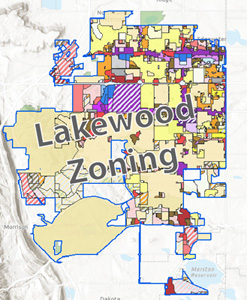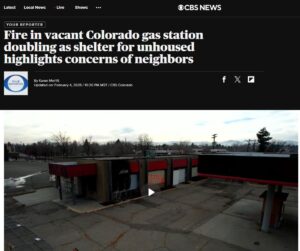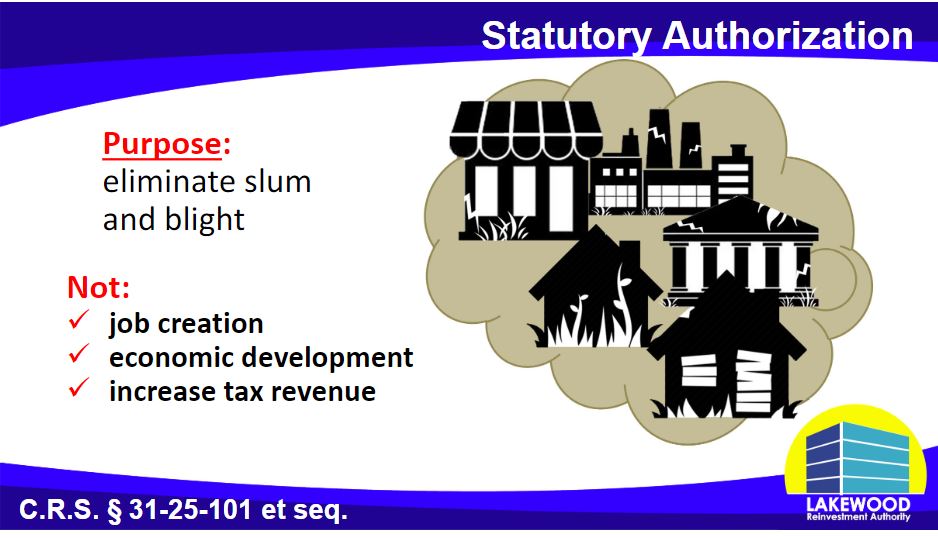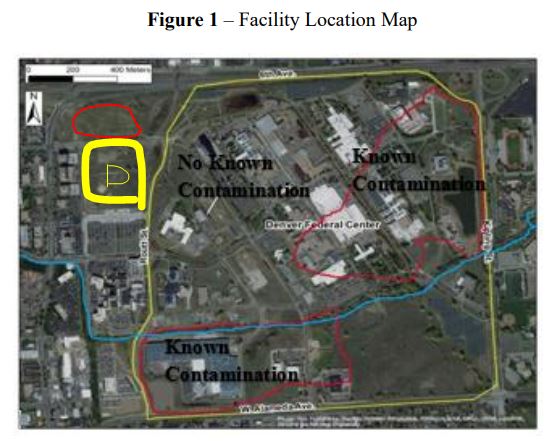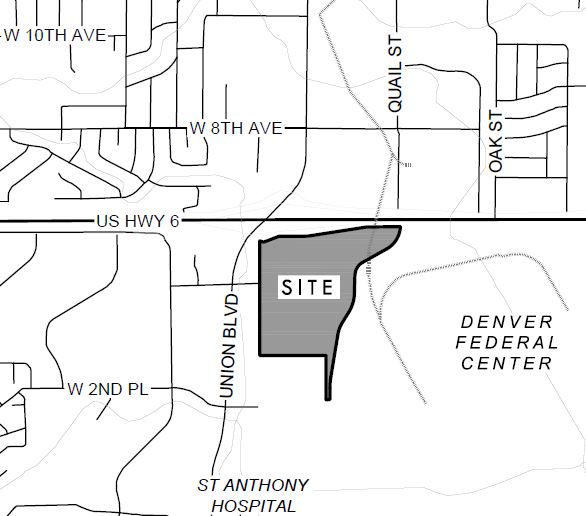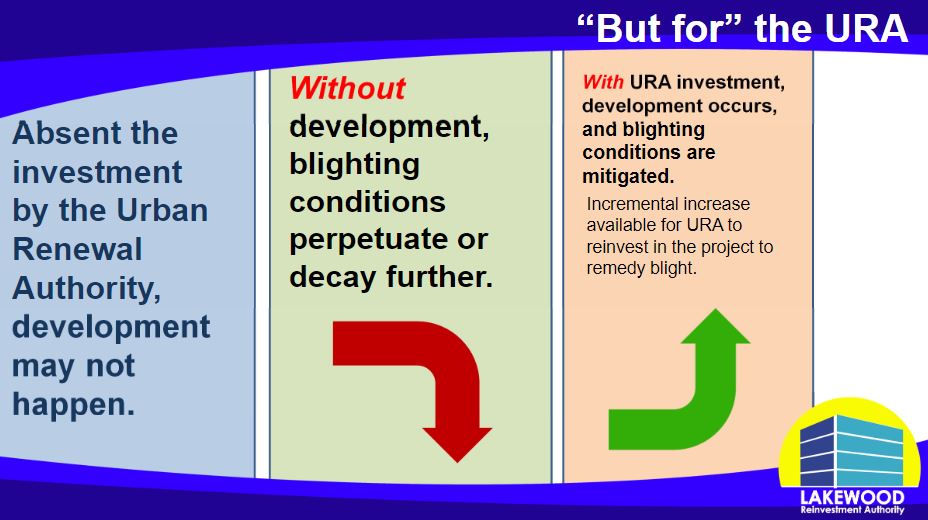The Department of Homeland Security (DHS) published a list of sanctuary cities on Thursday, May 29. Lakewood and Jefferson County were on the list. By Sunday, DHS had taken the list down because of objections by the named jurisdictions. Cities like Lakewood never voted on the issue, just quickly enacted deprioritization policies behind the scenes and then told residents that the increased migrant population is not their problem. Now, DHS is calling out places like Lakewood and Jeffco that hide behind an unofficial policy of not cooperating, while other places do their best to balance a state law that acts against federal law.
Lakewood has been through these word games with its residents already. No – Lakewood never formally voted to be a sanctuary city – but only because the state approved sanctuary status so Lakewood politicians didn’t have to take the political risk. At the time, it was apparent that Council would have approved sanctuary status if needed.
At that time, around 2018, sanctuary meant being welcoming, resisting ICE cooperation and providing cover for migrant activity. Today, it seems to mean paying for housing and benefits…
Because the bar has already been raised! People EXPECT welcoming and resistance to federal immigration.
However, DHS is working from the original definition of any jurisdiction not cooperating with ICE. According to the original statement, DHS defined these sanctuary cities as:
“deliberately obstructing the enforcement of federal immigration laws and endangering American citizens.” – DHS
NOTE: This author seems to remember former Mayor Adam Paul talking about migrants taking refuge in a Lakewood church basement and the need for more placements. Does that sound right to anyone else?
Lakewood has still been playing these word games, using “migrant” or “newcomer” instead of “illegal alien”. They would not guarantee that new homeless shelters would not be used for migrants. Instead, some Councilors insisted that all would be welcome.
According to an article in The Guardian, the president of the National Sheriffs’ Association, Sheriff Kieran Donahue, “said the list was created without input from sheriffs and ‘violated the core principles of trust, cooperation, and partnership with fellow law enforcement’”.
Lakewood still “deprioritizes” crime instead of admitting they will not enforce certain crimes or cooperate with certain agencies. Both Lakewood and Jeffco claim that immigration enforcement is not their jurisdiction so no cooperation is necessary. Neither government has any problem cooperating with other federal agencies, such as the FBI. Therefore, according to Lakewood and Jeffco principles, the National Sheriffs’ Association’s objection is without merit because local jurisdictions shouldn’t be cooperating anyway.
Note that the DHS list is more granular than others that just highlight the entire state as a sanctuary. DHS did not respond to requests for more information on how the list was compiled, but there were clearly some cities and counties singled out around the state.
Lakewood’s Police Chief has described Venezuelan gang activity in Lakewood in a rare Ward 4 appearance.
Lakewood thinks residents are so ignorant that they can’t see the deteriorating conditions brought on by “de-prioritizing” crimes. They seem to think that if they don’t use the word “sanctuary,” they can act defy federal law and be fine. And so far, they are right. During the last discussion about Lakewood’s sanctuary city status, Lakewood Informer news noted that the word games continued with a change from “sanctuary” to “being a good neighbor”.




